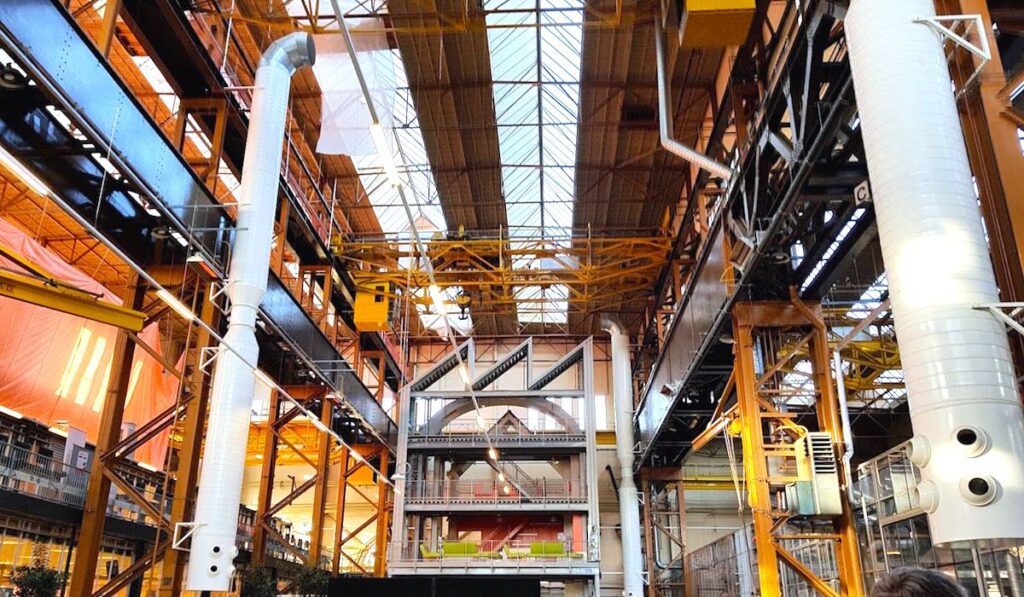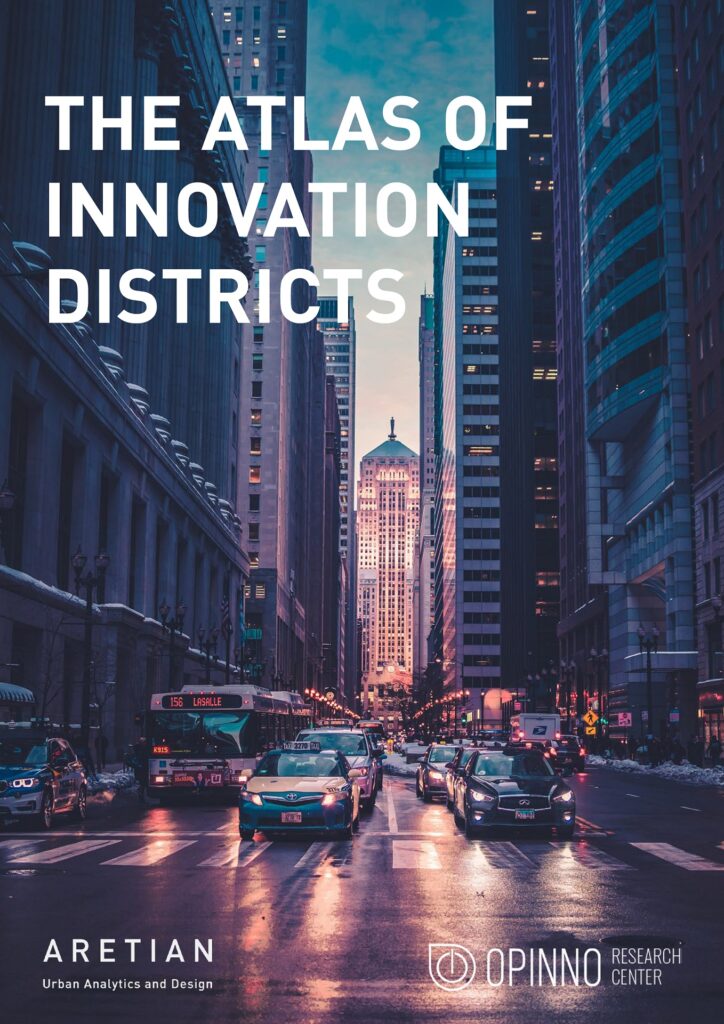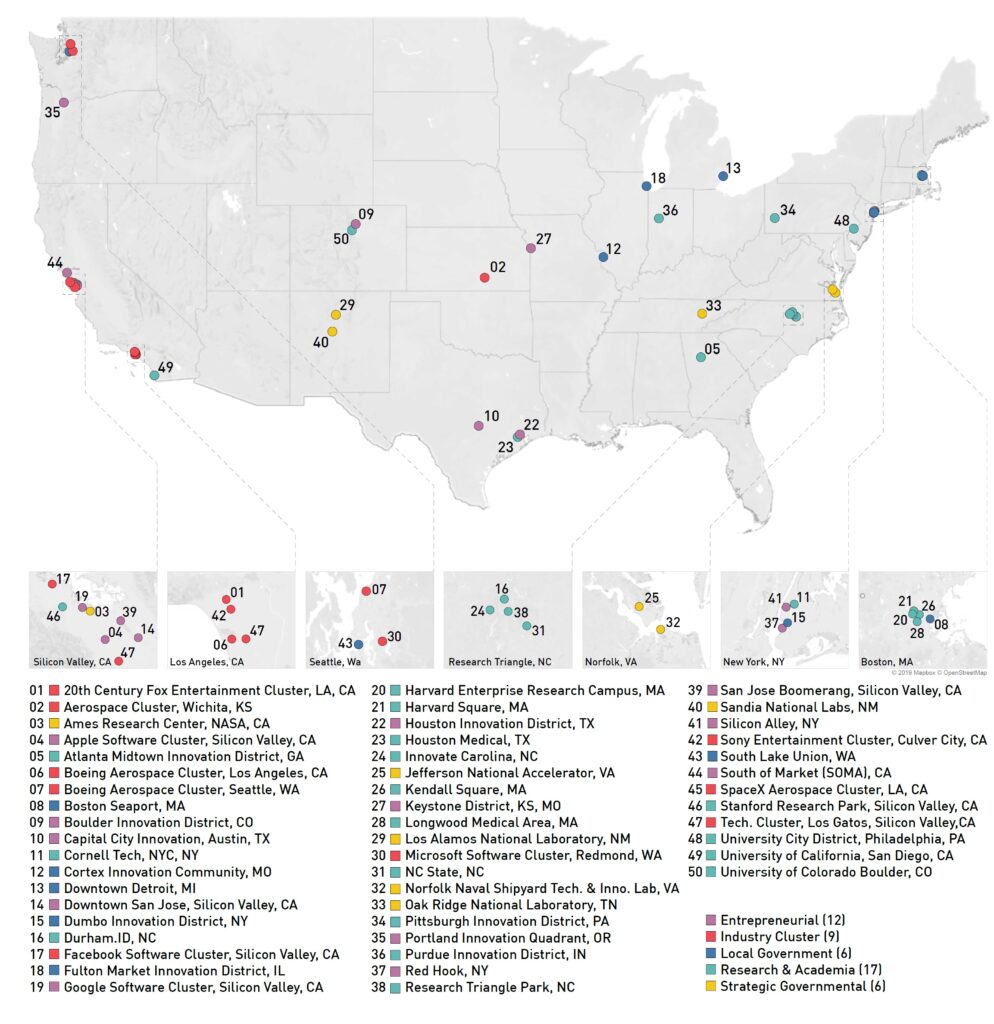╔
Introduction
One of the main challenges society will have to face over the coming years is to create an economic system that offers quality professional opportunities for all citizens, where people can develop their fullest potential while enjoying the fruits of their labour in a balanced prosperity model. However, there is a global trend that poses a threat to the feasibility and consolidation of this model: the sophistication and rapid spread of new technology such as artificial intelligence, robotics and task automation.
On the one hand, these technological advances boost productivity, the quality of services and efficiency of industrial processes, while significantly cutting production costs. On the other hand, despite these advantages, our society is starting to suffer the effects of the negative externalities resulting from the spread of these technological advances, including mass job destruction affecting certain professional tasks as they gradually become obsolete.
The paradox this challenge poses is of the highest order. Adopting the most advanced technology systems has numerous advantages and is essential to ensuring the region’s economic competitiveness. In the short term, this rapid technological revolution is contributing to an increasingly unequal society. Specifically, it is particularly damaging to professional possibilities, above all in regions where the economic structure is based less on its residents’ talent and meritocratic incentive systems.

RDM Rotterdam is the hotspot for innovation in the port: this is where the manufacturing industry of the future is taking shape. (Image by Francesc Bonada).
City Science Identifies the Key Ingredients and Dynamics Behind the Success of Innovation Districts
The good news is that we have the tools to provide a constructive solution to this challenge, and to foster an economic model that allows us to make the most of the potential of a region and the talent of the people who live there. City Science advances allow us to model cities as complex systems and evaluate the ingredients and dynamics behind the success and inclusivity of different urban development models.
There are three key factors that make it possible to break these cycles of economic stagnation and lack of professional and life opportunities: individual and collective innovation capacities; the region’s production capacity and collective know-how; and the infrastructure and logistics networks that allow for efficient, agile export of goods with high added value.
In terms of individual and collective innovation capacities, the research led by the Aretian team at Harvard University in recent years has shown that geographic concentration of activities around knowledge incentivises innovation, which makes a region’s prosperity and opportunities shoot up exponentially.
We have had the chance to create the very first Atlas of Innovation Districts in the world, published in 2019. An Innovation District is a specific urban environment, where individual talent and organizations work in knowledge-intensive industries to solve complex problems. Innovation districts activate the dormant capabilities of a community and generate exponential benefits for surrounding neighborhoods and regions. We have analyzed the impact on society of 50 of the most powerful innovation districts in the United States, in cities like New York, Boston, the San Francisco Bay Area, Los Angeles, Chicago, Pittsburgh, Austin, among many others.
The Multiplying Effects of Innovation Districts
One of the main findings of our academic research is that innovation districts tend to create virtuous economic circles. For each company, government research institution or technology transfer center, there tends to be numerous spin-offs and initiatives, through a sort of diffusion process that leads these districts to produce 4 times more innovation (patents, new products, new services or R&D) per professional. Also, they attract or create up to 15 times more knowledge-intensive jobs per resident, and generate 20 times more economic production per inhabitant. At the same time, for each knowledge-intensive job, these districts create a cascade of 4 to 5 additional jobs in industry support, helping reduce unemployment.
The Atlas of Innovation Districts. (Accessed via: https://www.aretian.com/atlas).

In terms of the collective know-how of the broader metropolitan region, research by Hausmann and Hidalgo in the field of economic complexity and the product space of exports shows that the sophistication and diversification of exports in a country or region is intimately related to the robustness and prosperity of the society’s economic system. Therefore, the complexity and diversity of the value-added goods a country exports are a highly reliable advanced indicator of economic growth. Countries that export products of this sort have a more prosperous economy that is more resilient to cyclical crises, as well as notably lower unemployment, criminality and structural corruption rates.

The Atlas of Innovation Districts. (Accessed via: https://www.aretian.com/atlas).
Ports and Value-Added Hubs
Finally, efficient, agile logistics platforms and networks allow value-added goods to be exported competitively on the global market. In this regard, ports have a huge impact on a country’s economic health, thanks to the growing competitiveness of sea transport and the volume of products and goods they move. It is no coincidence that an infrastructure like the Erie Canal fuelled exponential growth of the Port of New York, making the city the economic center of the world. A similar phenomenon has made Singapore a first-rate logistics and economic vector in south-east Asia over the past fifty years.
One of the main findings of our academic studies at Harvard has been that innovation districts that boost synergies with industries that have a comparative advantage in the region, and with export networks, tend to have a positive impact on society. They achieve much greater benefits than those that close themselves in and don’t forge technological bonds with the local export industry.
In this regard, the strategic potential of ports as vectors to encourage prosperity and a positive economic impact can multiply if, by integrating intermodal logistics platforms, they also become hosts for innovation hubs, supporting the industries that have a competitive advantage in the region.
A Winning Strategy: Ports as Innovation District Hosts
A winning strategy may be to efficiently incorporate innovation hubs (generating new ideas, products, solutions, services) in the port area, in synergy with logistics platforms. This can multiply the positive impact on society and the development of a strong, competitive economy at the service of its people.
For example, China is working on a ground-breaking initiative in the Port of Ningbo area, on the Yangtze River delta, near the number 1 port authority in the world in tonnage of container goods transported. On the one hand, the Ningbo Supply Chain Innovation Institute China (https://scale.mit.edu/centers/ningbo-china-institute-supply-chain-innovation/) was established in 2016, as part of the Massachusetts Institute of Technology – MIT (https://www.mit.edu/) network. Its purpose is to promote cutting-edge research and technology transfer as a research centre in logistics and supply chain, in order to promote the region as one of the leading intermodal logistics hubs in the world. On the other hand, the University of Nottingham Ningbo China – UNNC (https://www.nottingham.edu.cn/en/news/20172018/2017/unnc-incubator-park-officially-opens.aspx/) has officially launched its Nottingham-Ningbo Incubator Centre, destined to become an ecosystem to support entrepreneurs and students who want to transform their ideas into viable products and scalable companies.
For its part, in 2016, the Singaporean government kicked off an association between the Georgia Institute of Technology and the National University of Singapore to create a new research initiative (https://www.globalatlanta.com/georgia-tech-launches-new-logistics-center-in-singapore/) focused on data analysis, automation and port development in order to generate positive synergies with the intermodal hub and regional economy.
In Europe, the Port of Rotterdam (https://www.portofrotterdam.com/en/) has recently launched four initiatives to support the local innovation ecosystem: Rotterdam Innovation District, Port Innovation Lab in collaboration with the University of Delft, SmartPort 2.0, and PortXL, which acts as an accelerator for entrepreneurial initiatives focused on improving port-related services.
We can top off this list of examples with Pier01 (https://barcelonatechcity.com/), the first campus of the Barcelona Tech City association of entrepreneurs, hosted by the Port of Barcelona in an old 19th-century warehouse, and considered one of the most promising innovation centres in the world, according to Forbes magazine. The future development of a network of technology transfer centers and innovation spaces connecting the academic advancements with the local industry value chains offers an extraordinary opportunity to forge relations between innovation ecosystems, industrial production, and export of value-added products and services. One example of a crucial contribution to create a society that is more prosperous, fairer and better at generating opportunities to develop its residents’ talent and generate distributed prosperity for its citizens.
HEAD IMAGE | Boston Seaport. (https://www.istockphoto.com/es/foto/boston-gm1366650847-437121805).
╝
References
Arbesman, S., Kleinberg, J. M. y Strogatz, S. H. (2009). Superlinear scaling for innovation in cities. Physical Review E, 79, 016115.
Bettencourt, L. M. A., Lobo, J., Strumsky, D. y West, G. B. (2010). Urban scaling and its deviations: revealing the structure of wealth, innovation and crime across cities. PLoS ONE 5(11), e13541.
Burke, J. and Gras, R. The Atlas of Innovation Districts. Accessed via: https://www.aretian.com/atlas/.
Burke, J. and Gras, R. Hacia una nueva ciencia para entender y diseñar mejor las ciudades. MIT Technology Review. Accessed via: https://www.technologyreview.es/s/11355/hacia-una-nueva-ciencia-para-entender-ydisenar-mejor-las-ciudades/.
Burke, J., Gras, R., Yu, F., and Kruguer, J. (2021), ‘Multiplying effects of urban innovation districts. Geospatial analysis framework for evaluating innovation performance within urban environments’, in Advances in Science, Technology and Innovation (Dordrecht: Springer).
Harris, K., Kimson, A. y Schwedel, A. (2018). Labor 2030: The collision of demographics, automation and inequality. Bain and Company. Accessed via: https://www.bain.com/insights/labor-2030-the-collision-of-demographicsautomation-and-inequality/.
Hausmann, R., Hidalgo, C. A., Bustos, S.,Coscia, M., Simoes, A. and Yildirim, M. A. (2014). The Atlas of Economic Complexity. Mapping paths to prosperity. Cambridge (MA): MIT Press.